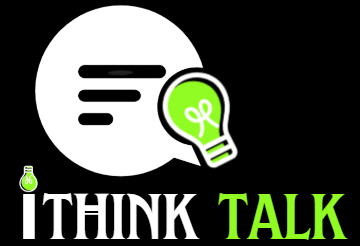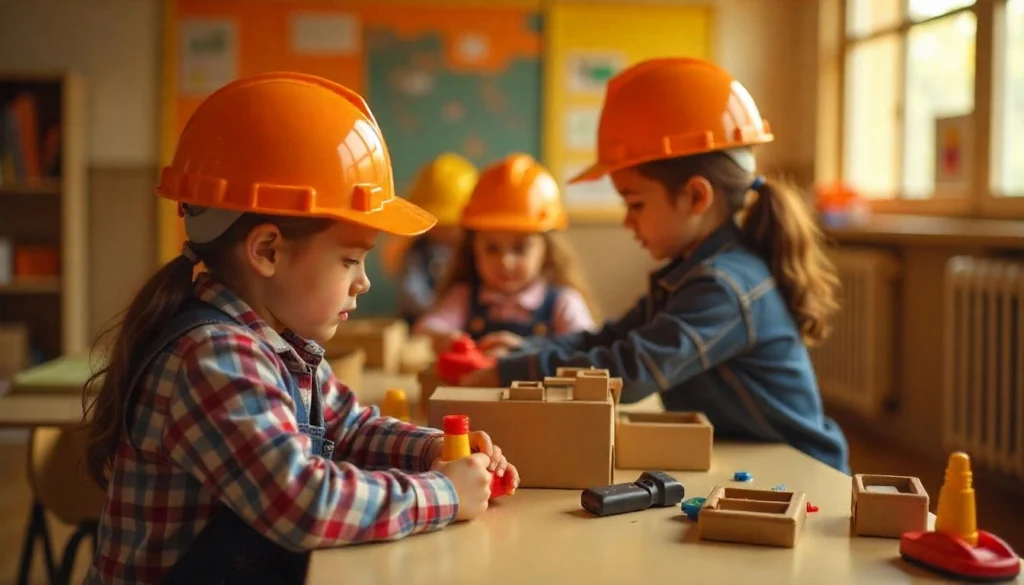Daniel Kahneman’s Thinking Fast and Slow provides a groundbreaking exploration of how humans process information and make decisions. The book introduces two distinct cognitive systems—System 1 and System 2—that shape our thinking patterns. System 1 operates quickly and intuitively, while System 2 is more deliberate and analytical. Understanding the interaction between these two systems can help us recognize cognitive biases, improve decision-making, and enhance critical thinking.
System 1: The Fast, Intuitive Mind
System 1 is automatic, instinctive, and operates with little effort. It is responsible for quick judgments based on patterns, past experiences, and heuristics. This system allows us to react rapidly in everyday situations, such as recognizing a friend’s face, interpreting emotions, or making snap judgments about danger. However, while System 1 is efficient, it is also prone to cognitive biases and errors.
The Role of Heuristics in System 1
Heuristics are mental shortcuts that allow for quick decision-making but can sometimes lead to irrational choices. For example:
- Availability Heuristic: Judging the likelihood of an event based on how easily examples come to mind. If a person frequently hears about plane crashes in the news, they may overestimate the risk of flying, even though statistics show air travel is safer than driving.
- Representativeness Heuristic: Making judgments based on stereotypes rather than logic. For instance, assuming someone wearing glasses and reading books is more likely to be a librarian than a construction worker, even when statistical probabilities suggest otherwise.
System 2: The Slow, Deliberate Thinker
Unlike System 1, System 2 is methodical and analytical. It is engaged when we solve complex problems, analyze data, or make rational decisions. This system requires more cognitive effort and is often activated when System 1 fails to produce a satisfactory response.
The Role of System 2 in Critical Thinking
System 2 helps counteract the biases of System 1 by promoting logical analysis. It is essential in activities such as:
- Solving mathematical equations
- Evaluating arguments and evidence
- Making long-term financial decisions
However, because System 2 requires effort, the brain tends to avoid engaging it unless necessary, leading to reliance on System 1 in everyday situations.
How System 1 and System 2 Interact
Although System 1 and System 2 function differently, they continuously interact. System 1 handles most of our routine thinking, while System 2 intervenes when a problem requires deeper analysis. However, System 2 is not always effective at catching System 1’s mistakes, especially when cognitive biases are deeply ingrained. This explains why even highly educated individuals fall victim to logical fallacies.
Cognitive Biases and Decision-Making
Kahneman identifies numerous biases that stem from the interplay of these two systems. Some of the most common include:
- Confirmation Bias: The tendency to favor information that aligns with our preexisting beliefs while ignoring contradictory evidence.
- Overconfidence Bias: Overestimating the accuracy of our knowledge and judgments.
- Anchoring Effect: Relying too heavily on the first piece of information encountered when making decisions. For example, a higher initial price on a product makes a discount seem more significant than it actually is.
Improving Critical Thinking and Decision-Making
To minimize cognitive biases and enhance rational thinking, individuals can adopt the following strategies:
- Slow Down Decision-Making: Engage System 2 more frequently by taking time to analyze choices instead of relying on gut reactions.
- Seek Diverse Perspectives: Exposure to differing viewpoints helps counteract confirmation bias.
- Use Probabilistic Thinking: Instead of making absolute judgments, consider the likelihood of different outcomes.
- Be Aware of Biases: Recognizing common cognitive errors can help mitigate their effects.
Conclusion
Thinking Fast and Slow provides valuable insights into the dual nature of human thought. While System 1 enables quick, intuitive responses, it is also prone to biases that can lead to flawed decisions. System 2, though slower, offers a more analytical approach that can help counteract these biases. By understanding how these two systems operate and interact, individuals can make more rational decisions and improve their critical thinking skills.
For more insights on cognitive processes, check out this article: Thinking Emoji.





